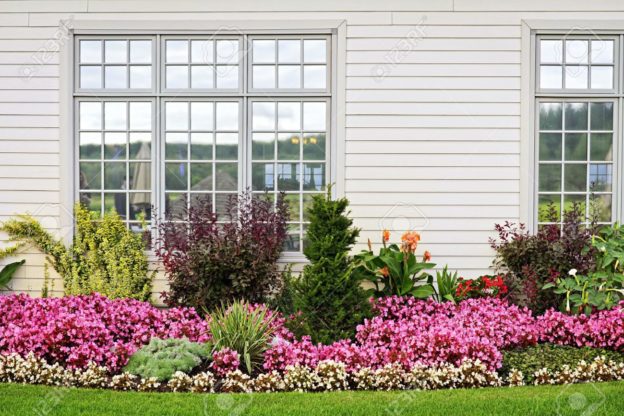Pacific Northwest weather can take a toll on a home not properly protected. Selecting a quality siding product and ensuring it is properly installed is paramount in protecting your home from sun, wind, and moisture. In addition to protecting the home from outdoor elements, updating the exterior can also increase energy efficiency, raise the value of a home, and update its overall appearance.
Some common siding products are vinyl, fiber cement, and cedar or wood siding. When choosing which siding product will work best with your home consider the maintenance, cost, longevity of the product, and similar architectural styles in the neighborhood.
Vinyl Siding
Vinyl siding is an affordable, resilient, and versatile product. It’s constructed out of a PVC plastic resin, which makes it strong, resistant to rust and rotting, and if properly installed will hold up well against the elements. Vinyl is man-made and can be produced in any shape or color and can imitate textures such as painted wood. In addition to its strong exterior properties it is one of the more affordable options and relatively easy to install. Upkeep for vinyl siding is as simple as an annual cleaning. Because the color, or dye, is cast throughout the entire product you never have to paint vinyl siding. A downside to this type of siding is the color can fade over time from extensive exposure to sunlight.
Fiber-Cement Siding
Fiber cement siding is a cost-effective material that can imitate the appearance of wood, requires little maintenance, can withstand extreme weather conditions, and provides fire protection. Combined with certain weather barriers and insulation it will increase the home’s energy efficiency. It is impervious to damage caused by heat, wood-boring insects, rot, and is resistant to deterioration from salt and UV rays. Its impenetrable exterior requires no maintenance and usually comes with a 50-year warranty. Due to its strength and durability fiber cement siding is often favored by home owner insurance companies. A drawback to fiber cement siding is the cost. It is priced much higher than vinyl siding. Special tools and additional labor is required to install properly.
Wood Siding
A visually appealing and natural look for the outside of a home is cedar or wood siding. Cedar can be cut into various styles and stained into several shades that fade handsomely over time. Cedar or wood siding is the product that vinyl and cement try to emulate. It matches almost every architectural style and is an eco-friendly choice that is 100 percent biodegradable and can last up to 75 years. Since the siding is natural wood, it is flammable, prone to rot and insects, and needs re-staining or painting periodically. It is also expensive when compared to other siding options.
LP Siding
If your house was built in the late eighties or early nineties, there is a good chance it is covered in LP (short for Louisiana-Pacific) siding. If this is the case, you may be due for siding replacement. LP siding was made from wood chips glued together to form a board, such as plywood, and was meant to look like real wood. The issue with this type of siding is that it fails wherever it’s exposed to weather (which in the Pacific Northwest, is often). Once water clings to the bottom edge of the siding it saturates, swells and deteriorates. If your home has LP siding that is deteriorating, let us help you find a qualified contractor to assist with your siding repair or siding replacement.
If you are looking to update your siding and give your home a facelift let us help you find the best siding replacement contractor for your home improvement project!
- Future Lifestyle Improvements - March 21, 2025
- Home Energy Audit – What You Need to Know - January 16, 2025
- Prepare Your Home for Fall and Winter - November 14, 2024

